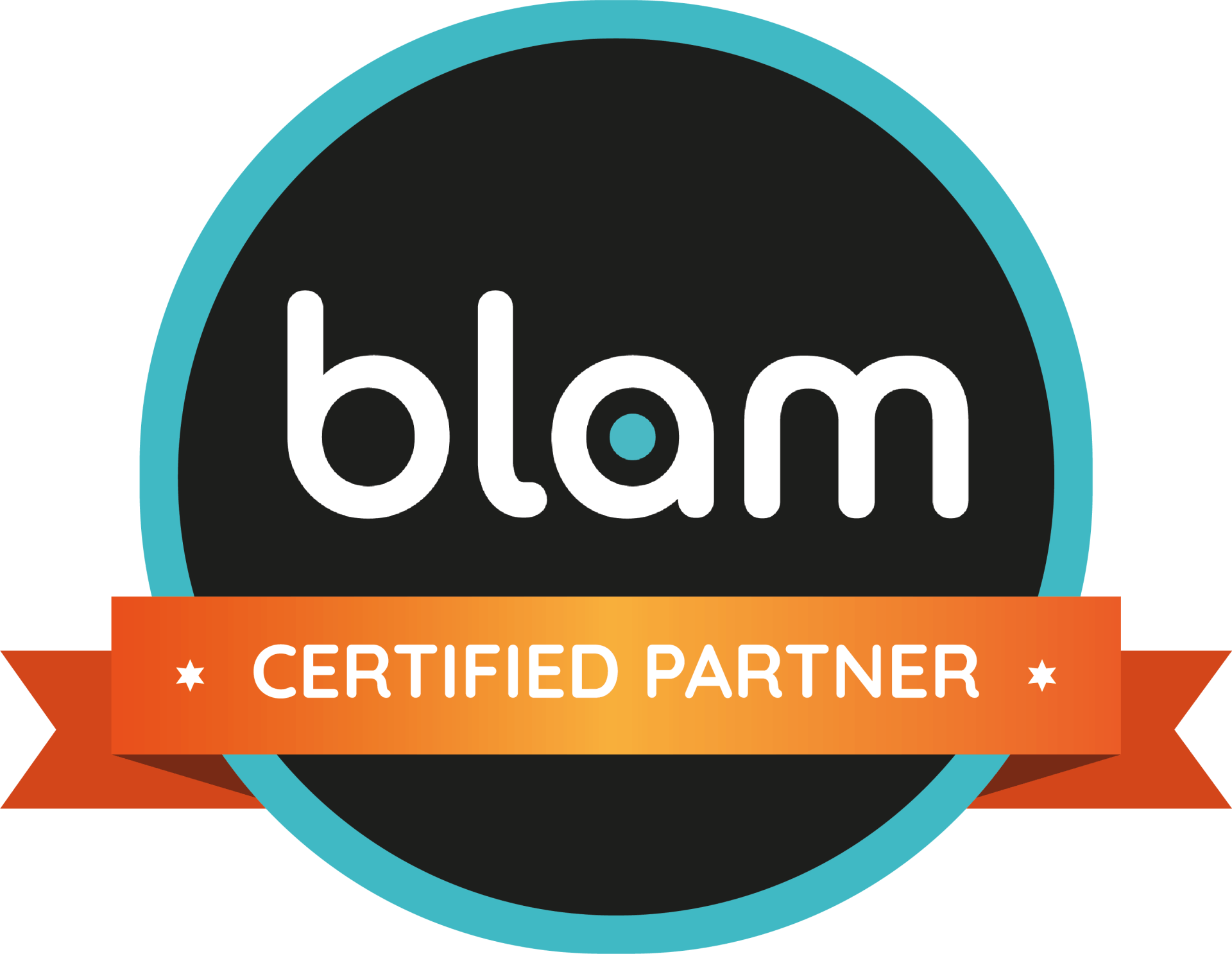WHAT MAKES A GREAT WEBSITE?
Creating a great website involves a combination of design, functionality, content, and user experience. Here are some key elements that contribute to the overall quality of a website:
1. User-Centric Design
Intuitive Navigation: Menus should be easy to find and understand, allowing users to quickly locate content.
Responsive Design: The site must perform well on various devices, including desktops, tablets, and smartphones.
Visual Hierarchy: Important elements should stand out using size, colour, and placement to guide users’ attention.
2. High-Quality Content
Relevance: Content must be relevant to the target audience, providing value and meeting their needs.
Clarity and Conciseness: Information should be clear, direct, and easy to digest. Avoid jargon and overly complex language.
Engaging Media: Use images, videos, infographics, and other multimedia elements to make the content more engaging.
3. Performance and Speed
Fast Loading Times: Optimise images and code to ensure quick loading times. Users are more likely to leave if a site is slow.
Reliable Hosting: Choose a reliable hosting provider that ensures uptime and fast server responses.
4. SEO Optimisation
On-Page SEO: Utilise proper meta tags, headings, keyword optimisation, and alt text for images.
Mobile Optimisation: Ensure the site is mobile-friendly, which is an important factor for search engine rankings.
Quality Backlinks: Strive for high-quality backlinks to improve the site's authority.
5. Accessibility
Compliance with Accessibility Standards: Follow guidelines such as the Web Content Accessibility Guidelines (WCAG) to ensure that the website is usable for people with disabilities.
Alt Text for Images: Provide descriptive text for images to assist screen readers.
6. Strong Branding
Consistent Branding: Maintain consistency in colours, fonts, and logos throughout the site, reinforcing the brand identity.
Unique Value Proposition: Clearly communicate what makes your brand or service unique.
7. Clear Calls to Action (CTAs)
Prominent CTAs: Place clear, compelling calls to action on the site, guiding users towards desired actions (e.g., signing up, purchasing, contacting).
Strategic Placement: Position CTAs where they naturally fit within the flow of the content, making them easy to find.
8. Security
SSL Certification: Use HTTPS to ensure users’ data is secure, which is also a ranking factor for search engines.
Regular Updates: Keep software, plugins, and themes updated to protect against vulnerabilities.
9. Analytics and Feedback
Performance Tracking: Implement tools like Google Analytics to analyse user behavior and site performance.
User Feedback: Provide mechanisms for users to give feedback, which can help improve the site continuously.
10. Regular Updates and Maintenance
Content Freshness: Regularly update content to keep it relevant and engaging.
Technical Maintenance: Regularly check for broken links, outdated content, and other technical issues.
Combining these elements effectively can lead to a successful website that meets the needs of its users and achieves its goa













